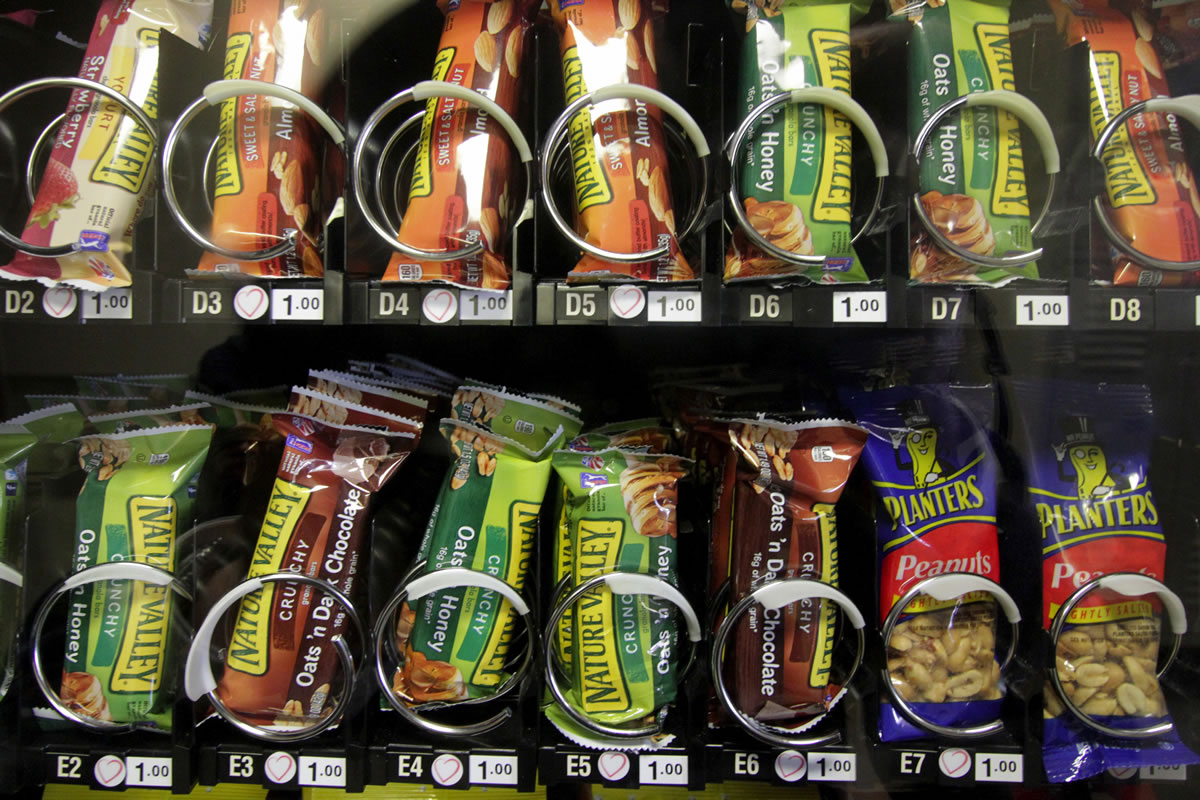SEATTLE — Hit the gym, or the couch? Save for retirement, or spend the whole paycheck? Choose the chips, or the rice cakes in the vending machine?
Most people are going for the chips, finds David Laibson, a Harvard economist who presented some of his work on how people make choices at the annual meeting of the American Association for the Advancement of Science in Boston last week.
Laibson’s research consistently finds that people have a terrible time turning their good intentions into action.
And conventional interventions, such as providing education and even financial incentives, don’t necessarily help. For example, Laibson counted only a 0.1 percent increase in employees saving in a 401(k) plan even when study subjects were paid to
listen to presentations about the benefits. “So financial incentives and education don’t do it,” Laibson said.
In another study, he gave subjects the choice between eating a piece of fruit and chocolate. He learned if the subjects were promised the food in a week, they would choose the fruit. But if it was a reward to be delivered the same day, they invariably chose the chocolate.
“The problem is the difference between good intentions for the future, and the reward today. If you get the reward today, you give it full weight. A reward in the future gets half the weight.”
In the domain of exercise, this translates into people eagerly paying money for memberships they will rarely use. “If you ask me how many times I will exercise in the coming year I will say 364 times. Just not today.
“The story with our diet, our savings, our exercise is we have terrible follow-through. So what do we do?”
The good news is that his experiments also showed taking even small concrete steps toward a goal significantly increased the chances of meeting it. Even better was to start out in the right place, and have to undo it in order to fail.
Consider the 401(k) savings plan choice again. Laibson found that by putting the study subjects in a retirement plan on an opt-out basis, such that the employees had to sign a form to drop out, suddenly participation rates of those not already enrolled zoomed above 90 percent – and stayed there.



